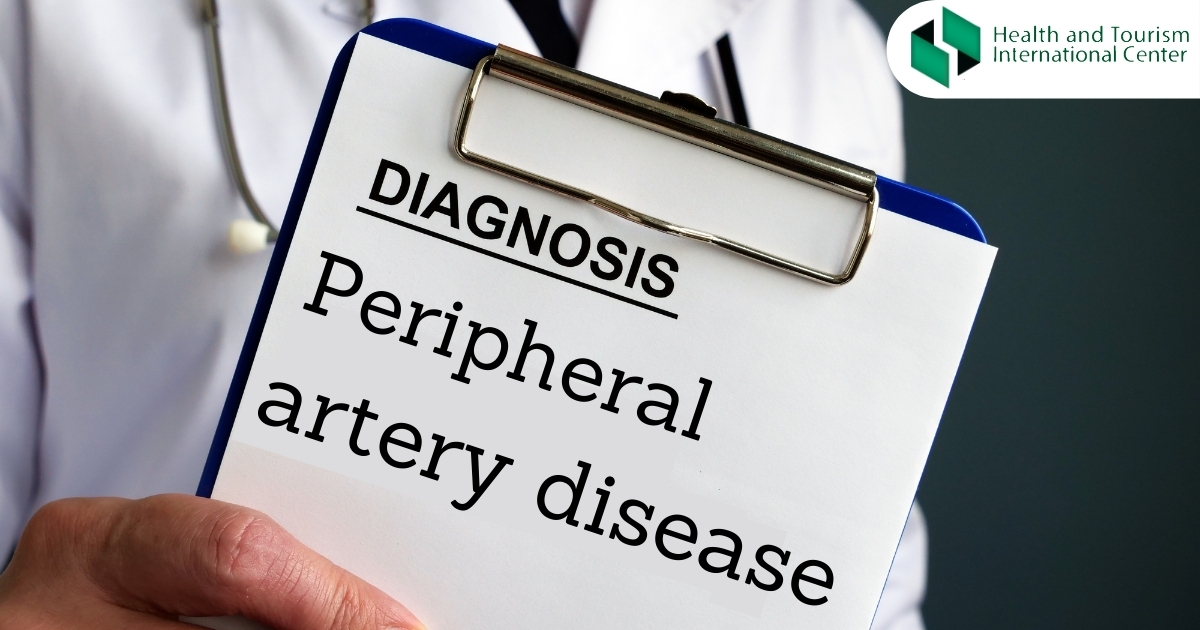What is peripheral artery disease?
Peripheral artery disease (also called peripheral arterial disease) is a common circulatory problem in which narrowed arteries reduce blood flow to your limbs. When you develop peripheral artery disease (PAD), your legs or arms don't receive enough blood flow to keep up with demand.
Peripheral artery disease is also likely to be a sign of a buildup of fatty deposits in your arteries (atherosclerosis).
You often can successfully treat peripheral artery disease by exercising, eating a healthy diet and quitting tobacco in any form.
Symptoms
While many people with peripheral artery disease have mild or no symptoms, some people have leg pain when walking (claudication).
Peripheral artery disease signs and symptoms include:
- Painful cramping in one or both of your hips, thighs or calf muscles after certain activities, such as walking or climbing stairs
- Leg numbness or weakness
- Coldness in your lower leg or foot, especially when compared with the other side
- Sores on your toes, feet or legs that won't heal
- A change in the color of your legs
- Hair loss or slower hair growth on your feet and legs
- Slower growth of your toenails
- Shiny skin on your legs
- No pulse or a weak pulse in your legs or feet
- Erectile dysfunction in men
- Pain when using your arms, such as aching and cramping when knitting, writing or doing other manual tasks
When to see a doctor
If you have leg pain, numbness or other symptoms, don't dismiss them as a normal part of aging. Call your doctor and make an appointment.
Even if you do not suffer from the symptoms characteristic of peripheral artery disease, you should check the health status of your lower extremities regularly.
Even if you don't have symptoms of peripheral artery disease, you may need to be screened if you are:
- Over age 65
- Over age 50 and have a history of diabetes or smoking
- Under age 50 and have diabetes and other peripheral artery disease risk factors, such as obesity or high blood pressure
Souce:

